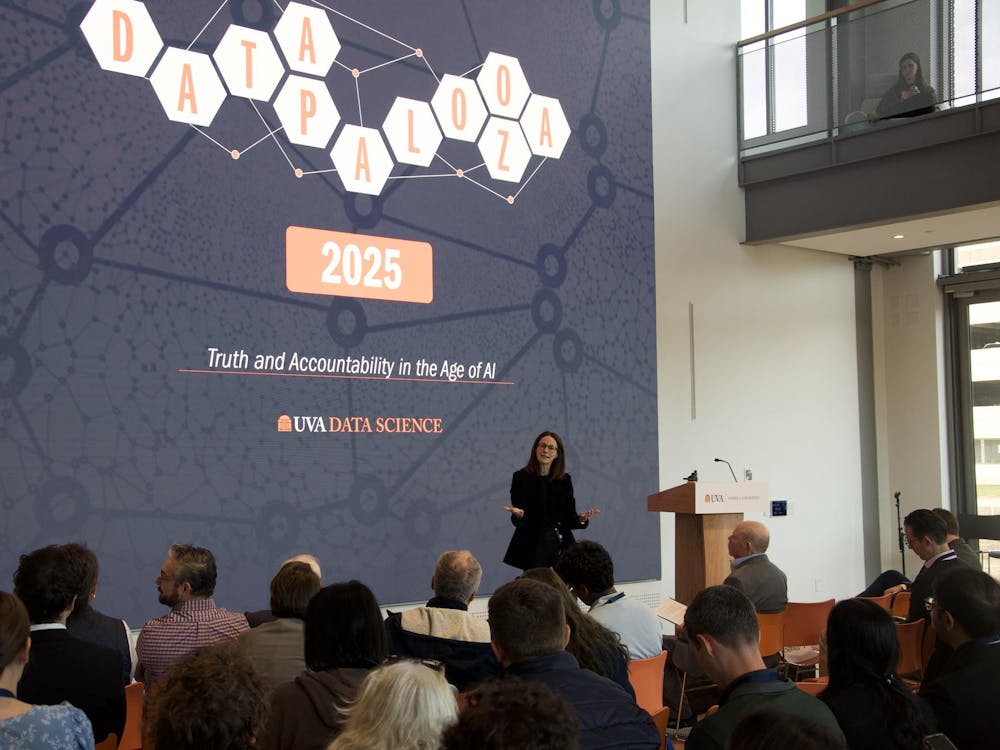A new high-speed engine igniter, developed by fourth-year Engineering student Ryan Johnson, will allow hypersonic combustion ramjets - scramjets, for short - to fly at five times the speed of sound.
"At that speed, you could fly from Charlottesville to Los Angeles in 40 minutes," said Chris Goyne, research assistant and director of the University Aerospace Research Laboratory.
Johnson's research is part of the Hy-V, or "high five" program, a University, industry and government collaboration dedicated to researching scramjet technology. Johnson developed the igniter during a summer internship with Aerojet, an aerospace engineering firm.
"Students get to work side-by-side with industry professionals," Goyne said. "So the work Ryan has done is an example of that and the good work that aerospace engineering students do."
Johnson brought the design to the University Aerospace Research Laboratory, where it was manufactured. The igniter has passed initial testing and will undergo further testing this month, Goyne said.
The new high-speed technology could replace equipment NASA uses for launching space shuttles and could aid the U.S. Air Force in developing high-speed aircraft and vehicles, Goyne said.\nIt also will be more inexpensive to ignite engines using this technology, he added.
"This type of rocket engines would make access to space more safer and more cheaper, and they are more reliable, as well," Goyne said, adding that the technology could also reduce the cost of launching satellites into orbit.
One limitation of the igniter, Johnson said, is that it will only be a land technology.
"It's an air-breathing engine," he explained. "So it pulls air from the atmosphere at really high speeds and uses the energy of the air for combustion."
Johnson said he is confident the technology will one day be used for civilian travel once researchers "get the technology to the point where it can be trusted and implemented on various aircraft."
It is possible that the laboratory will be able to develop an engine that will be able to sustain hypersonic propulsion, he said. For now, though, the technology will need more testing.
The program plans to launch a scramjet with Johnson's igniter technology on a standing rocket from NASA Wallops flight facility on Virginia's eastern shore in 2011, Goyne said.
"We plan to fly the scramjet at Mach 5 and then compare those results from the flight experiment with results from wind-tunnel testing here at U.Va.," he said.






